Zeudi Araya (Piero Umiliani) – Oltre L’Acqua Del Fiume
 La Ragazza Fuoristrada OST Piero Umiliani – Bla Bla – BBR 1338 Italy 1973
La Ragazza Fuoristrada OST Piero Umiliani – Bla Bla – BBR 1338 Italy 1973
Track A: Oltre L’Acqua Del Fiume
This is a pretty special one, among my beloved mountain of 7″ soundtracks, and these tracks are in fact the only recordings by Eritrean-born Italian actress Zeudi Araya. The A track is fascinating and quite a hypnotizing piece, that pulls you right down into the beautiful deep dark water of sensuality. Composer Piero Umiliani recorded the soundtrack for La Ragazza Fuoristrada in 1973, which starred Zeudi in the lead role as Maryam, but for some reason the two vocal recordings for the film, did not end up on the soundtrack LP. But instead, and thankfully, they did end up on this Italian released single!
Piero was much more than a talented piano player and composer. He truly was one of the top master and pioneer composers of cult Italian films of the 60’s and 70’s. Providing soundtracks to films such a Il Marchio Di Kriminal 1968, Paranoia (Orgasmo) 1969, Five Dolls For An August Moon (5 Bambole Per La Luna D’Agosto) 1971, My Darling Slave (La Schiava Io Ce L’Ho E Tu No) 1973 and of course Sweden Heaven and Hell (Svezia, Inferno e Paradiso) 1968 in which Umiliani composes his famous Mah Nà Mah Nà, made famous by The Muppets.
Umiliani also founded his own label Omicron in 1964, where many more of his soundtrack works would be released. As he would also compose a lot of way out compositions that would not appeal to the Italian producers, this became the perfect outlet for him to release some of his incredible abstract, experimental and library albums such as Preistoria, Atmospheres, L’Uomo Nello Spazio and Psichedelica (Umiliani was also a great collector of music instruments from all over the world, and was one of the first in Italy to experiment with the Moog and other electronic keyboards). Some of his releases were under the alias Moggi, including my favorite Tra Scienza E Fantascienza from 1980, and also Omaggio a Einstein, Tensione and News! News! News!. By the end of his career he had written more than 150 soundtracks, without considering the music composed for documentaries, theatre and television.
While there’s so much to know and discover about the great Umiliani, unfortunately there’s not a lot out there regarding Zeudi. No official website and all the general film and music go to sites are very brief and unhelpful. Which is a real shame of course. Thankfully there’s one or two Italian websites that share a few details, that I’ve hopefully translated correctly.
Zeudi Araya was born on the 10th of February, 1951, in Asmara, Eritrea, Ethiopia, and is a former actress, singer, model and currently a film producer. Zeudi was the daughter of a politician and granddaughter of an Ethiopian ambassador to Rome. She graduated in 1969, and the same year she was elected Miss Eritrea. She is one of the best-known actresses of the Italian erotic cinema of the seventies, thanks to films such as La Ragazza Dalla Pelle Di Luna, La Ragazza Fuoristrada, and Il Corpo, and was second only to Laura Gemser, another icon of that particular Italian genre of cinema.
A trip to Italy opened the doors of Cinecittà to her almost by chance. In 1972 Araya starred in a commercial for a coffee, where director Luigi Scattini noticed her, and would cast her along with Beba Lončar, in his film La Ragazza Dalla Pelle Di Luna, shot in the Seychelles. The film is noted as being quite successful with the Italian audiences. The role was that of a girl from the Tropics who screwed up the marriage of a middle-class couple, with her overwhelming eroticism. Alberto, an engineer, and Helen, a magazine photographer, had been married for a few years, but their marriage was in crisis and they would betray one another. This debut film launched Araya as an up and coming actress. Mass media interest followed, as did other erotic films roles, mostly directed by Scattini from 1973 to 1975.
So the plot in her follow up film, that includes this feature track, La Ragazza Fuoristrada, again really circles deeply around Zeudi and her stunning model looks. Giorgio Martini, an advertising journalist who went for a shoot in Egypt, falls in love with the beautiful Maryam. He takes her with him to Ferrara, Italy, introduces her to his perplexed (perhaps disapproving) parents and marries her. Maryam’s ingenuity, spontaneity and sincerity burst into this provincial town and collide with a hypocritical, mean and racist environment. He will then be the victim of the cruel game of a former mistress of the journalist and of a joke combined by two rejected friends. Giorgio, thinking that Maryam has betrayed him, begins to neglect her. After having an abortion, she abandons him and returns to her people. Umiliani’s score throughout this film is wonderfully suited and at times just breathe taking (I’m basing this from the clips I have seen and knowing the official soundtrack). Zeudi sings two songs in the movie, Oltre l’acqua del fiume in Italian and Maryam, in Amharic. If you spend most of your life tracking down this rare record, and you do happen to get your hands on it, you’ll likely not be disappointed that it doesn’t contain the two vocal tracks, although you will then need to track done this featured single.
After Araya’s marriage with the film producer Franco Cristaldi, she would go on to star in the films Mr. Robinson in 1976, Atrocious Tales of Love and Death in 1979, and staring Marcello Mastroianni and Ornella Muti, Tesoro Mio also in 1979, than a fantasy film called Hearts and Armour in 1983, and starring the late Tanya Roberts as Isabella, and finally in Control in 1987.
In the early 1990s, Araya withdrew from the film scene. After the death of her husband, Araya became an active part of film production work, and still today produces several films for cinema and television, always remaining behind the scenes (she returned to television only in 2001, interviewed by Daniele Luttazzi, for the program Satyricon), with her new partner, the director Massimo Spano, with whom she had a son.
As is the case with a lot of these obscure Italian films, they are difficult to source, and therefore I have not had the privilege to enjoy many of them, including the film that has this featured track. But for me, that doesn’t really matter so much as I love the music enough and that’s where it holds that special place. I will continue to try and find these obscure films ofcourse but it is a challenge, trust me.
Zeudi Araya also also appeared in the Italian version of Playboy magazine in March 1974, which I may have to track down, to you know, maybe find out more information about her.
Araya’s starring films…
1972 La ragazza dalla pelle di luna – Also known as The Girl With The Moon Skin, Sex of Their Bodies, Moon Skin and The Sinner
1973 La ragazza fuoristrada
1974 La Preda – Also known as The Prey
1974 Il Corpo – Also known as The Body
1975 La peccatrice – Also known as The Sinner
1976 Il signor Robinson, mostruosa storia d’amore e d’avventure – Also known as Mr. Robinson
1979 Giallo Napoletano – Also known as Atrocious Tales of Love and Death
1979 Tesoro Mio
1983 Hearts and Armour – Also known as I Paladini: Storia d’armi e d’amori
1987 Il giorno prima – Also known as Control and Mind Control
Websites and referencing…
Piero Umiliani official web site
Mitiche attrici anni 70 – ZEUDI ARAYA
Top photo taken from Umiliani’s official site (link above). Director Luigi Scattini, Zeudi Araya and Piero Umiliani in the studio for the La Ragazza Fuoristrada sessions.
If you’re interested in more Italian 7″ soundtrack singles, see links below…
Edda Dell’Orso – Kukumbe (Le montagne della luce)
As that saying goes, behind every great man, there is a great lady, but there was more than one that strengthened one particular composer’s work if we’re talking about Morricone. A key element so important to his sound, Morricone would expose and you could even say, flaunt his leading ladies up front in the mix down, even if they were at the time providing background sounds or atmospheric vocals.
I’m going to parallel two posts celebrating two important women with names that are synonymous with Morricone, particularly from the 60’s and 70’s, when that era of his film scores were infamous for that beautiful sensual psychedelic and at some times haunting sound. But I also want to present other composer’s that all contributed to that now distinctive classic Italian cinematic sound if that time. This post I’ll be looking into an Edda Dell’Orsa composition she undertook for one of those other composers, and with a follow up post, I will pursue a journey into the works of Maria Cristina Brancucci, also known as Christy. As always, I wish I was able to enlighten you all with more information about Dell’Orso’s musical journey, but facts and life details are a little mysterious and not too easy to come by. However I will go through a bunch of my favourite Edda tracks and touch on some of those great composer contributions.
Edda Lucia Sabatini, was born in Genoa, Italy on February 16, 1935 and married pianist Giacomo Dell’Orso in 1958. She studied singing and piano at the National Academy of Santa Cecilia in Rome from around 1958, and in time she would possess a beautiful soprano voice with a three octave range that would stamp many now legendary composers work.
![]() Around the mid sixties, Morricone was the first composer and conductor to use her astonishing voice for a feature film, and with immense artistry, he created unforgettable innovative vocal lines and sound effects. One of those early soundtracks was for Sergio Leone’s 1966 Il buono, il brutto, il cattivo (The Good, the Bad and the Ugly) and it includes one of the most celebrated Morricone’s themes, The Ecstasy of Gold, which is played while Tuco is frantically searching a cemetery for the grave that holds $200,000 in gold coins. This amazing piece of cinematic music has been covered from Yo Yo Ma to Metallica, but as famous as this soundtrack is today, Edda was actually was uncredited for her part. The soundtrack album was on the charts for more than a year, reaching No. 4 on the Billboard pop album chart and No. 10 on the black album chart. The main theme was also a hit for American musician Hugo Montenegro, whose rendition on the was a No. 2 Billboard pop single 2 years later in 1968.
Around the mid sixties, Morricone was the first composer and conductor to use her astonishing voice for a feature film, and with immense artistry, he created unforgettable innovative vocal lines and sound effects. One of those early soundtracks was for Sergio Leone’s 1966 Il buono, il brutto, il cattivo (The Good, the Bad and the Ugly) and it includes one of the most celebrated Morricone’s themes, The Ecstasy of Gold, which is played while Tuco is frantically searching a cemetery for the grave that holds $200,000 in gold coins. This amazing piece of cinematic music has been covered from Yo Yo Ma to Metallica, but as famous as this soundtrack is today, Edda was actually was uncredited for her part. The soundtrack album was on the charts for more than a year, reaching No. 4 on the Billboard pop album chart and No. 10 on the black album chart. The main theme was also a hit for American musician Hugo Montenegro, whose rendition on the was a No. 2 Billboard pop single 2 years later in 1968.
This was an incredibly busy period for Dell’Orso recording from film to film, studio to studio. Westerns were of course very popular after the success of A Fistful Of Dollars, and the hard working Dell’Orsa kept providing the goods, including the very moving titled track C’era una volta il West (Once Upon a Time in the West) for Sergio Leone in 1968, another Morricone partnership (1*). Again in ’71, another fitting title track with the quirky Giù la testa for Leone’s Duck, You Sucker! (also known as A Fistful of Dynamite and Giù la testa), but she also worked far beyond the Italian West.
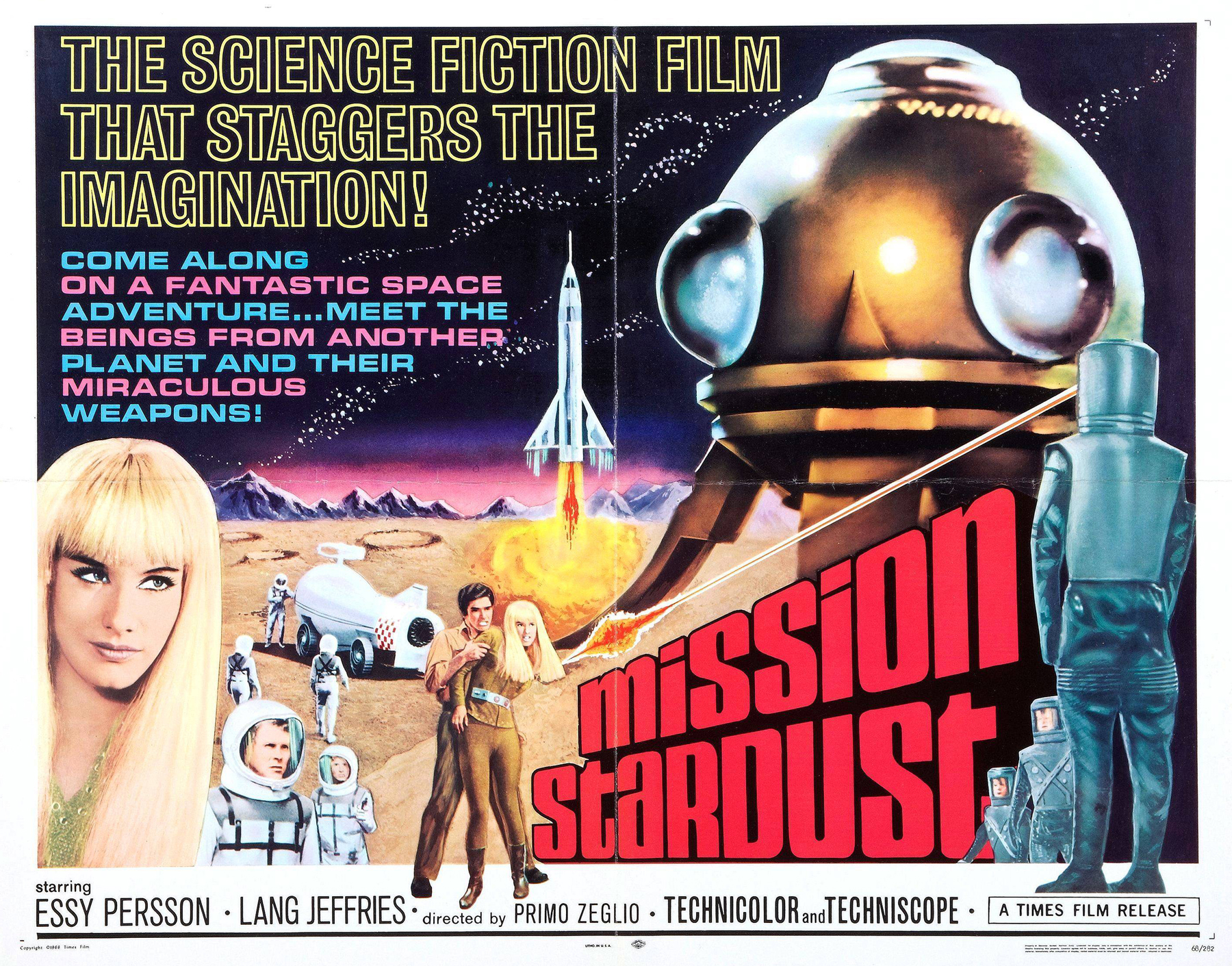 In 1967 Dell’Orso scores the opening swinging title song Seli, for the Italian science fiction film Mission Stardust (…4 …3 …2 …1 …morte), composed by Antón García Abril & Marcello Giombini. Some fans of the genre consider this offbeat film so appallingly bad that they playfully deny its very existence, however this rare soundtrack is also called a masterpiece by many jazzy lounge aficionados, which I tend to support. The next year Dell’Orsa contributes to the infamous Danger: Diabolk soundtrack, offering 3 alternate versions of Deep Down…The Shower, Eva’s Holy Dress and the tripped out, whimsical Emerald Bikini version. The title track was performed by Christy, another female legend of the Italian cinema soundtrack that Morricone liked to work with. 1969 offered up a true classic Dell’Orso-Morricone cooperative, with Metti una sera a cena for the Italian drama film of the same name, directed by Giuseppe Patroni Griffi. One of my favourites.
In 1967 Dell’Orso scores the opening swinging title song Seli, for the Italian science fiction film Mission Stardust (…4 …3 …2 …1 …morte), composed by Antón García Abril & Marcello Giombini. Some fans of the genre consider this offbeat film so appallingly bad that they playfully deny its very existence, however this rare soundtrack is also called a masterpiece by many jazzy lounge aficionados, which I tend to support. The next year Dell’Orsa contributes to the infamous Danger: Diabolk soundtrack, offering 3 alternate versions of Deep Down…The Shower, Eva’s Holy Dress and the tripped out, whimsical Emerald Bikini version. The title track was performed by Christy, another female legend of the Italian cinema soundtrack that Morricone liked to work with. 1969 offered up a true classic Dell’Orso-Morricone cooperative, with Metti una sera a cena for the Italian drama film of the same name, directed by Giuseppe Patroni Griffi. One of my favourites.
Dell’Orso moved into another film genre with the thriller La stagione dei sensi (Season of the Senses), bringing with her the lovely bossa styled Una Voce Allo Specchio. The title track for Giuseppe Patroni Griffi’s 1969 drama, Metti, Una Sera A Cena, is classic and rich in Dell’Orso spices, and was covered a few years later quite nicely by Milva. The 1967 chilling score for Bruno Gaburro sci-fi post-apocalyptic Ecce Homo I Sopravvissuti, which gave Morricone an alternate opportunity to get down low into the darker side of Dell’Orso’s vocal soul, and the outcome is a soundtrack which offer varied versions of Venuta dal mare throughout, that all raise the hairs. Staying on the horror theme, Dell’Orso contributed to two films by Italian shock horror director Dario Argento, the first in 1970 called L’uccello Dalle Plume di Cristallo (The Bird With Crystal Plumage), and then for Perche Si Uccidono? (Why Do They Kill Themselves), a film essay about drugs and self-destruction. For the latter 1976 film, the score was a collaboration with composer Fabio Frizzi and instrumental band Goblin (often used by Argento), under the pseudonym of Il Reale Impero Britannico.
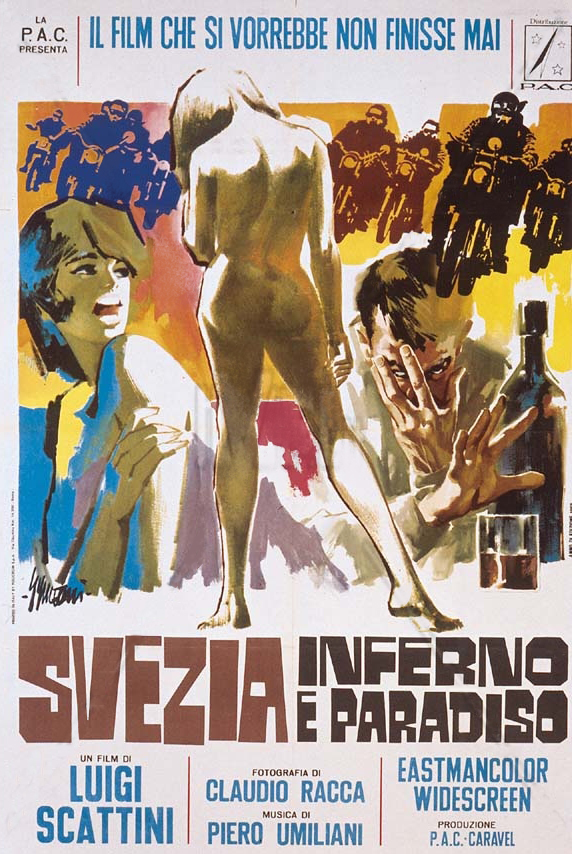 Dell’Orso was also providing her voice for other prominent, mostly Italian composers of those times, and was also a key figure of the I Cantori Moderni choir, which was founded by Morricone’s childhood friend and composer Alessandro Alessandroni (2*)(3*). Piero Umiliani was one composer that regularly worked with Edda & I Cantori Moderni, and some of the best Dell’Orso work came from this collaboration. One of Umiliani’s most recognised tracks is Mah Na Mah Na, which he did for Svezia, Inferno E Paradiso, a 1968 pseudo-documentary about sexuality in Sweden, which ironically was later popularized by Sesame Street and The Muppet Show. Another Umiliani-Dell’Orso standout is the fuzzed up Le isole dell’ amore, for the 1970 film with the same title, which to be honest I know absolutely nothing about! Another soundtrack worth mentioning from the same year, is the impossible to find whacked out 5 Dolls for an August Moon, originally titled 5 Bambole per la Luna d’Agosto, and directed by Mario Bava (4*). Also check out the very chic Luna Di Miele, which was recorded for the documentary directed by Mino Loy and Luigi Scattini called Questo Sporco Mondo Meraviglioso, and includes whistling by Alessandro Alessandroni.
Dell’Orso was also providing her voice for other prominent, mostly Italian composers of those times, and was also a key figure of the I Cantori Moderni choir, which was founded by Morricone’s childhood friend and composer Alessandro Alessandroni (2*)(3*). Piero Umiliani was one composer that regularly worked with Edda & I Cantori Moderni, and some of the best Dell’Orso work came from this collaboration. One of Umiliani’s most recognised tracks is Mah Na Mah Na, which he did for Svezia, Inferno E Paradiso, a 1968 pseudo-documentary about sexuality in Sweden, which ironically was later popularized by Sesame Street and The Muppet Show. Another Umiliani-Dell’Orso standout is the fuzzed up Le isole dell’ amore, for the 1970 film with the same title, which to be honest I know absolutely nothing about! Another soundtrack worth mentioning from the same year, is the impossible to find whacked out 5 Dolls for an August Moon, originally titled 5 Bambole per la Luna d’Agosto, and directed by Mario Bava (4*). Also check out the very chic Luna Di Miele, which was recorded for the documentary directed by Mino Loy and Luigi Scattini called Questo Sporco Mondo Meraviglioso, and includes whistling by Alessandro Alessandroni.
So lets now move on to the feature 7″ which was recorded for Giorgio Moser’s TV special Le Montagne Della Luce. Kilimangiaro is a beautifully produced composition with Dell’Orso’s trademark atmospheric artistry. Arranged by Gianni Oddi and composed by Romolo Grano, this track alone is well worth the effort it will take to find this rare thing. However while the titled A side was probably the selling point, it’s the magnificent B-side Kukumbe, that I think is the dynamic and most grooviest track she’s worked on. Big breaks, fender rhodes, jazzy trumpet, congas and top scat vocals by Edda, all amount up to a very sizeable and rhythmic killer production. I’ve been fortunate enough to play this on a big sound system and it was real fun! That bass drive grooves very nicely with that back beat. Now if you’re hoping that there’s a few Dell’Orso 7″s that you need to get a hold off, well in fact as far as I know there are only a few officials, one other being an earlier release from ’69 titled Sospendi Il Tempo, for the psychodrama La stagione dei sensi.
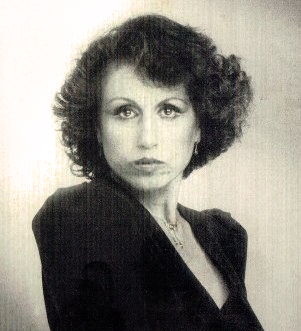 Dell’Orso would continue to record for many soundtracks and collaborate with many musicians. There was a very pertinent chemistry delivered in 1974 when Dell’Orso voice was utilized quite significantly on Italian master guitarist Bruno Battisti D’Amario’s album Samba Para Ti, which includes the beautiful spaced out Show Samba and the frantic upbeat Playa Sin Sol. The following year proceeded with a second team-up album called Granada and includes the standout upbeat latin dancer Su Delicia and a very cool version of Ipanema. In 1976 she worked alongside her hubby’s brother Gianni Dell’Orso, and laid down the sexy discotheque track Night Magic for Mondo Di Notte Oggi (directed by Gianni Proia), a soundtrack which has some nice funk moments, in particular on Soul Meeting.
Dell’Orso would continue to record for many soundtracks and collaborate with many musicians. There was a very pertinent chemistry delivered in 1974 when Dell’Orso voice was utilized quite significantly on Italian master guitarist Bruno Battisti D’Amario’s album Samba Para Ti, which includes the beautiful spaced out Show Samba and the frantic upbeat Playa Sin Sol. The following year proceeded with a second team-up album called Granada and includes the standout upbeat latin dancer Su Delicia and a very cool version of Ipanema. In 1976 she worked alongside her hubby’s brother Gianni Dell’Orso, and laid down the sexy discotheque track Night Magic for Mondo Di Notte Oggi (directed by Gianni Proia), a soundtrack which has some nice funk moments, in particular on Soul Meeting.
Many years later in 2011, Danger Mouse and Daniele Luppi released Rome, a soundtrack for a non-existent movie, that took five years to record. Obviously die hard fans of that era of Italian cinematic sound, the producers had their hearts set to develop the sound and process as authentic to that time as possible. The album was recorded using only vintage analogue recording equipment and musical instruments fro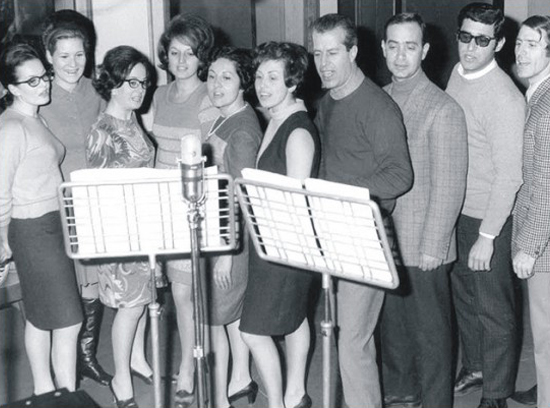 m the 1960s and 1970s. They also took the opportunity to reunite Alessandroni’s Cantori Moderni choir, who had not performed together since the early 1980s. Dell’Orso’s beautiful voice can be heard on the Theme of Rome track. The album also features vocals by Norah Jones and also Jack White who also provided the lyrics for his three songs. Even more recent, Dell’Orso was picked up by Alex Puddu, another true devotee of Italian vintage sound, to work on his 2013 album Registrazioni Al Buio, where she laid down 3 very smooth tracks (5*).
m the 1960s and 1970s. They also took the opportunity to reunite Alessandroni’s Cantori Moderni choir, who had not performed together since the early 1980s. Dell’Orso’s beautiful voice can be heard on the Theme of Rome track. The album also features vocals by Norah Jones and also Jack White who also provided the lyrics for his three songs. Even more recent, Dell’Orso was picked up by Alex Puddu, another true devotee of Italian vintage sound, to work on his 2013 album Registrazioni Al Buio, where she laid down 3 very smooth tracks (5*).
To try and cover all the composers, producers and productions Edda Dell’Orso worked with especially in the specific 60′ to 70’s period, would be a bit of a feat, and true fans will agree that I’m really only scratching the surface here. Her work is the epitome of intelligence and sophistication and she is the sound of Italian cinema, and remarkably she still continues to perform today with her strong distinctive voice. And obviously there’s a lot more we can talk about, regarding those great Italian composers that she worked with, that thankfully are now getting the praise they have always deserved. In time I’m hoping to cover a special selection of favourite cinematic Italian 7’S, but for now, stay tuned because there will be a follow up post tomorrow, celebrating another Italian female legend of the cinema soundtrack, Christy.
(1*) Edda Dell’Orso performing C’era una volta il West live in 1982.
(2*) Alessandroni was an accomplished whistler, and he can be heard quite famously on numerous Leone’s western soundtracks, and also was responsible for THAT twangy guitar riff that is central to the main theme for The Good, the Bad and the Ugly.
(3*) I Cantori Moderni, was an eight-to-sixteen person vocal group featuring Edda Dell’Orso, Giulia De Mutiis (Alessandroni’s first wife), Gianna Spagnuolo, Augusto Giardino, and Franco Cosacchi.
(4*) Mario Bava’s work from the “golden age” of Italian horror films is said to have kick-started the giallo film genre and the modern “slasher film”. He was also a special effects artist and had all director, screenwriter, and cinematographer credits for many movies including Danger: Diabolik, Planet of the Vampires, The Whip and the Body, Black Sabbath and Kill, Baby, Kill to name but a few.
(5*) Dell’Orso with Alex Puddu band captured live in Copenhaghen.
Research and referencing…



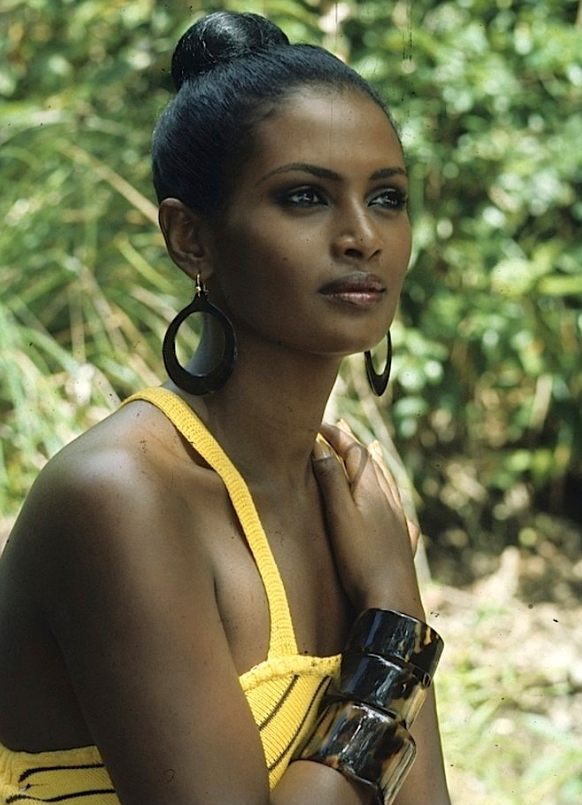



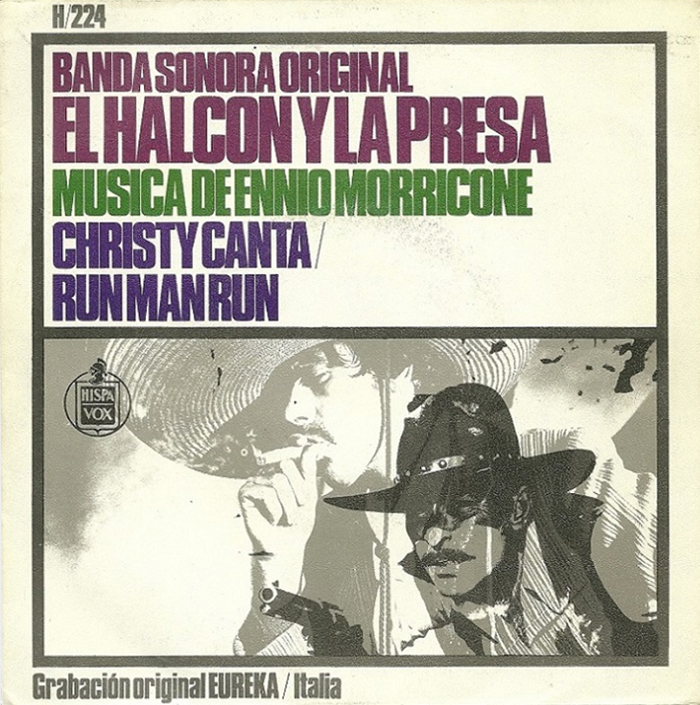






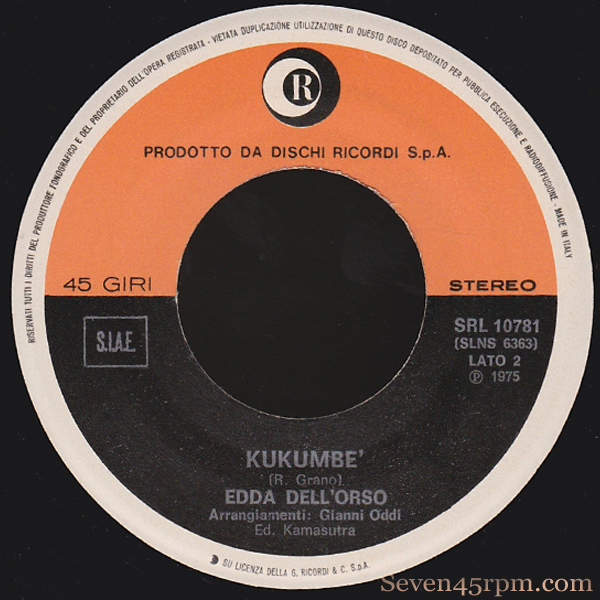
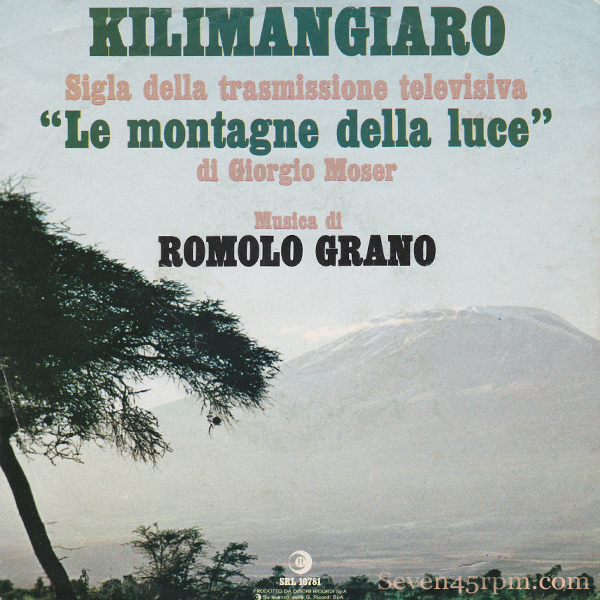
Recent Comments